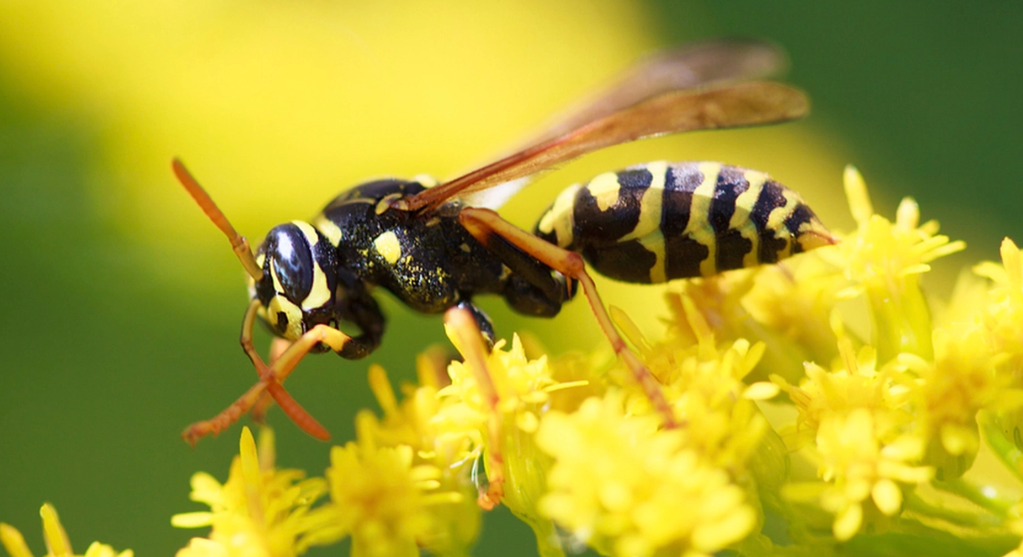This nearly doubles the known species of this type of wasp.
Others are reading now
A team of 11 researchers has identified 22 new species of gall wasps, giving them names inspired by famous thieves, tricksters, and conspirators from history, mythology, and pop culture, including Catwoman, Han Solo, Prometheus, and Brutus.
Loki, Han Solo and Catwoman
The study, published in Zootaxa, nearly doubles the known species of this type of wasp and provides an in-depth identification guide, according to El Economista.
These tiny gall wasps live in structures known as galls, which they appropriate from other wasps. One species was named Ceroptres promethei, after the Greek titan Prometheus, who famously stole fire from the gods.
According to the researchers, the wasp’s intense red color made Prometheus a fitting inspiration.
Also read
Once categorized, each wasp species was given a unique name. One, Ceroptres selinae, honors Selina Kyle — better known as Catwoman from DC Comics. Another, Ceroptres bruti, pays tribute to Marcus Junius Brutus, the infamous betrayer of Julius Caesar.
The list also includes Ceroptres soloi, named after the Star Wars character Han Solo, and Ceroptres lupini, in reference to Arsène Lupin, the gentleman thief from French literature.
Other nods include Ceroptres lokii for Loki, the Norse god of mischief, and Ceroptres zorroi, in honor of the masked hero Zorro.
A Foundation for Future Research
Louis Nastasi, a doctoral candidate in entomology at Penn State’s College of Agricultural Sciences and lead author of the study, emphasized the importance of properly identifying these species, which provides a foundation for future research.
“By naming these species, we’re giving researchers a basis to work from, helping them identify wasps that were previously unknown,” said Nastasi.
The DNA samples Nastasi received revealed why other researchers struggled to identify them—many of these species had never been documented.
Using a mix of biological and molecular data from previous studies along with his own morphological analysis, Nastasi and his team discovered that some insects thought to be a single species were actually two distinct species.
“There’s an art to choosing a meaningful name for a species,” Nastasi said, adding that the naming process was both challenging and rewarding.
“It’s exciting to find the right name that truly represents a species’ unique traits.”


